What Are the Effects of Global Warming? A Deep Dive Into Climate Change
While you may already know that the effects of global warming are bad and that climate change will inevitably lead to crisis (if we’re not there already), you may be wondering what the in-depth effects of global warming actually are.
Updated Dec. 16 2019, 2:42 p.m. ET
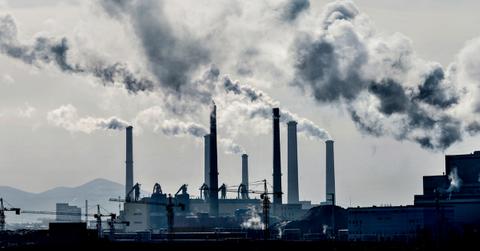
Thanks to environmentalist icon (and newly crowned Person of the Year) Greta Thunberg, people in the United States are talking about global warming, the effects of global warming, and climate change more than ever before. While we’re not totally where we need to be yet, we can all agree that conversations about global warming and climate change are a positive step in the right direction.
While you may already know that the effects of global warming are bad and that climate change will inevitably lead to crisis (if we’re not there already), you may be wondering what the in-depth effects of global warming actually are. You know it’s bad, but how bad is it, right?
According to the NRDC, global warming can be best defined by the way in which “the average global temperature has increased at the fastest rate in recorded history” over the past 50 years. In short, the average temperature of the planet is getting hotter — in fact, fifteen of the hottest years have occurred since 2000, according to NASA.
Also known as climate change, global warming is a direct result of global-warming emissions, or greenhouse gases, entering our atmosphere. Global warming happens when carbon dioxide and other pollutants (also known as greenhouse gases) “collect in our atmosphere, absorb sunlight and solar radiation that bounce off the surface of the earth,” according to the NRDC. Without the collected presence of greenhouse gases in our atmosphere, the radiation would typically leave our atmosphere and go off into space. But with all the greenhouse gases in the atmosphere, it has the opposite effect. The pollutants actually trap the heat from the radiation, and this is exactly what causes the average global temperature to warm. It’s called the greenhouse effect. Keep reading for a more in-depth look of the results of the greenhouse effect.
What Are Global Warming’s Effects on the Environment?
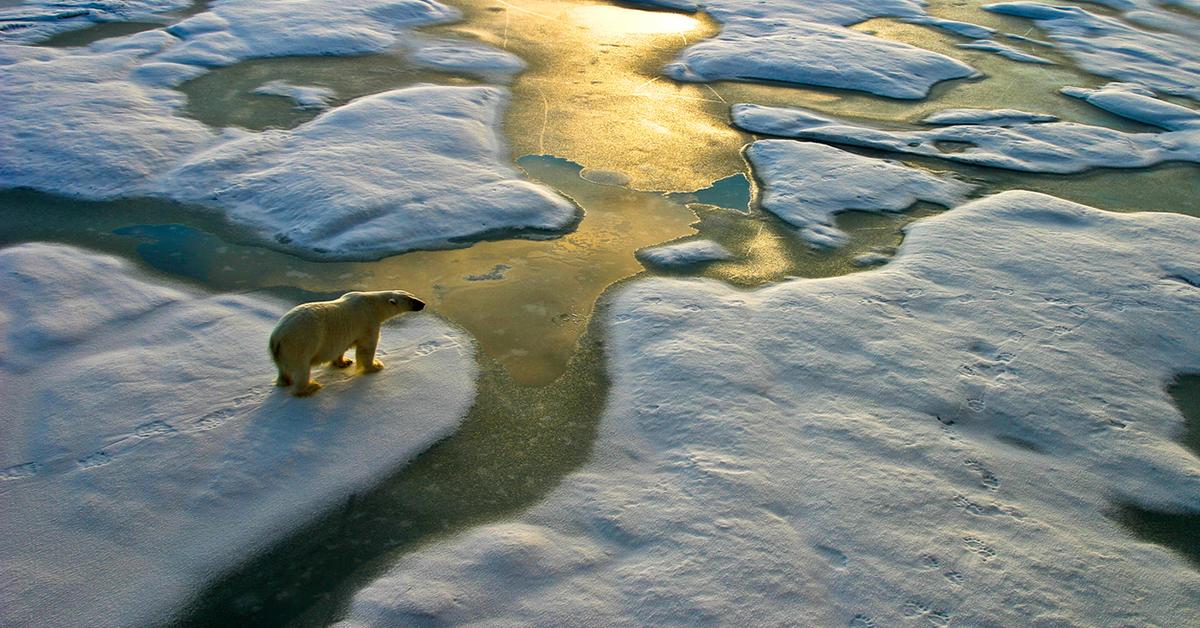
As the planet warms, this rise in average global temperature can have some disastrous effects on our planet. Global warming can cause extreme weather events such as droughts, more intense heat waves, heavier rainfall, and hurricanes and tropical storms more powerful than ever before. Global warming is bad for all areas and climates, but it is particularly concerning for colder areas. The NRDC says Antarctica, for example, has been losing about 134 billion metric tons of ice per year since 2002.
In addition to melting glaciers and ice, global warming causes early snowmelt, droughts, water shortages, and increases the risk of wildfires. Global warming also causes sea levels to rise (which leads to an increase in coastal flooding), disruption of natural animal and plant habitats, an increase in pests, and an increase in outbreaks of allergies, asthma, and diseases.
An uptick in outbreaks of allergies, asthma, and diseases is one meaningful example of how global warming directly impacts humans negatively. Warmer temperatures result in more growth for ragweed, which produces pollen. It also contributes to higher levels of air pollution; with more air pollution and more ragweed, global warming creates the ideal set of conditions for pathogens and mosquitoes to thrive and therefore, spread.
How Will Global Warming Affect Extreme Weather?
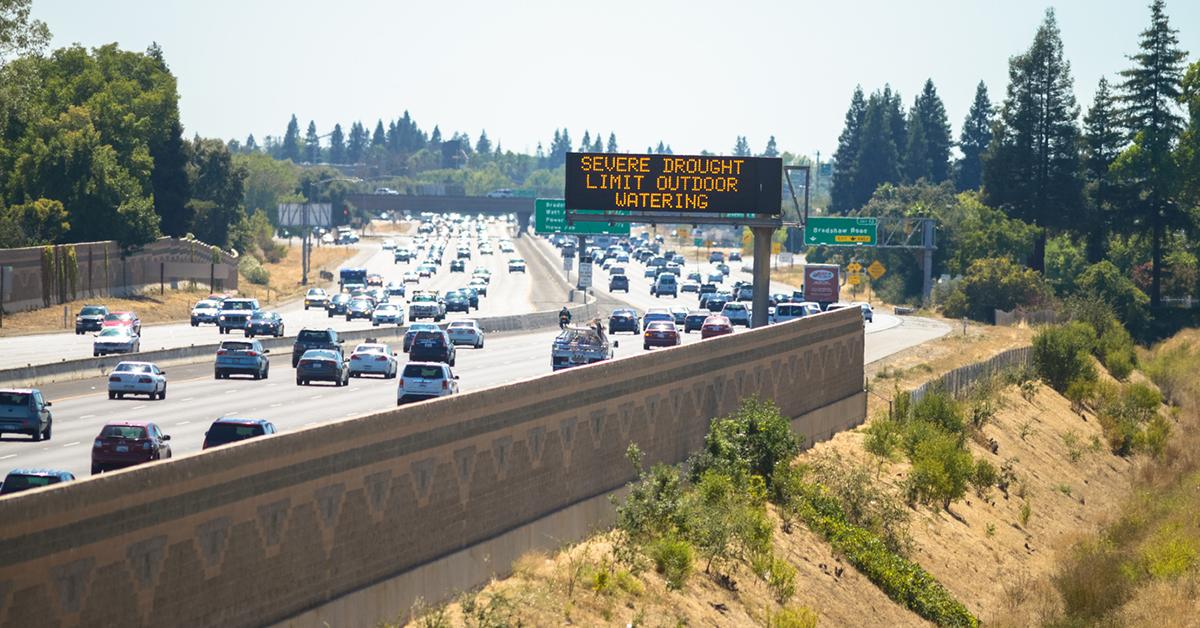
As mentioned above, one of the most dangerous side effects of global warming is that it can cause extreme weather events. With rising temperatures, unfavorable weather events such as heat waves, droughts, rainfall, and hurricanes become intensified in power and more frequent. In 2016, the National Academies of Science, Engineering, and Medicine announced that weather events such as heat waves were directly correlated to global warming.
Because the average global temperature is increasing, the temperature of our oceans also increase. This may not seem dangerous, but if the ocean’s temperatures are warmer, they provide more steam to tropical storms. This is just another example of global warming effects intensifying weather events. What would have been a category 2 storm may have the energy to turn into a category 3, simply because our ocean is warmer. Because the temperatures of our oceans are warming, it also means extreme weather events like hurricanes and tropical storms are becoming more frequent.
The effects of climate change do not only cause more tropical storms. Heat waves and droughts are becoming more frequent and exacerbated as global temps rise. Climate change even increases the risk of wildfire, especially in areas that are susceptible to drought and heat waves.
How Does Global Warming Affect Crop Production?
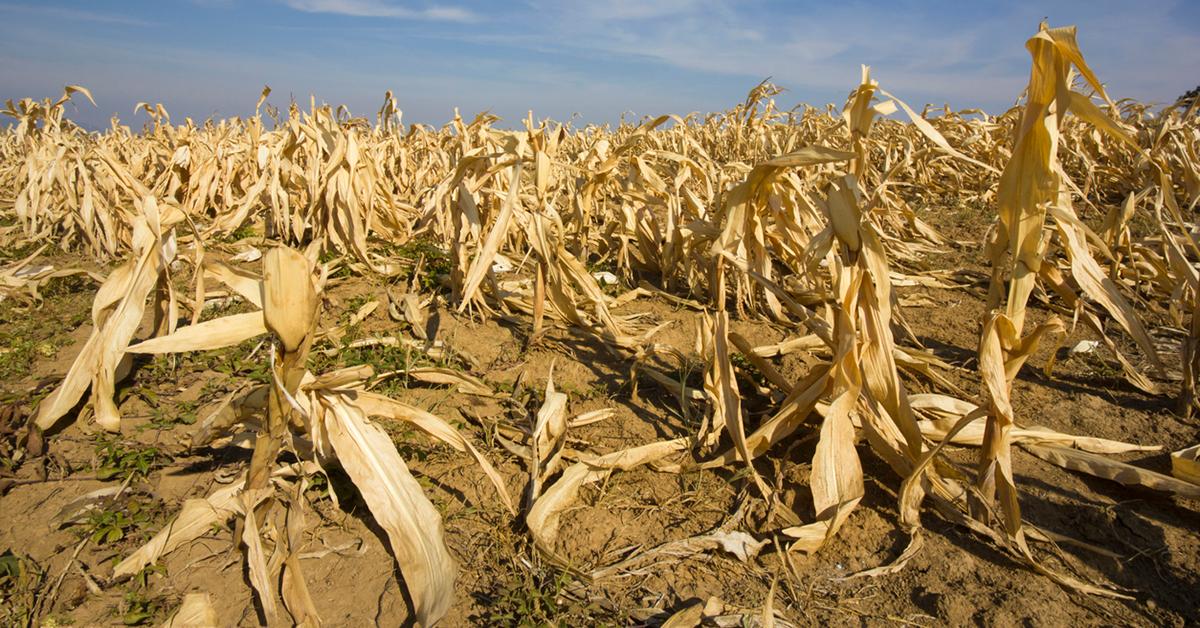
Global warming affects crop production, livestock, and fisheries. But how?
Changes in temperature lead to more frequent and more intense extreme weather events, which directly impacts crop yields. Regulating temperature is crucial to making sure crops grow and thrive. Extreme weather events like heavier rainfall, tropical storms, hurricanes, drought, wildfires, and heat waves can all negatively impact crop yields, causing damage and wiping out crops. According to the Environmental Protection Agency, if the temperature rises higher than a crop’s “optimum temperature” the crop will likely die and farmers would see a significant decline in that particular crop’s yields. Bottom line: less crops.
Warmer temperatures do more than just drying out and killing crops — they create an ideal breeding ground for pests. Weeds, crop pests, and fungi typically love warm, moist climates and high levels of carbon dioxide. As climate change increases, weeds, pests, and fungi do, too, causing an additional range of issues for farmers who have to compete with them and put more resources into combating them. If farmers opt to combat these pests with options like pesticides, human health is also at stake, as ingesting food that has been exposed to pesticides is considered unhealthy and can even be dangerous.
As if that weren’t enough, carbon dioxide actually reduces the nutritional value of most food crops. As mentioned, higher levels of carbon dioxide cut down concentrations of protein and other nutritious minerals. This happens in crops like soybeans, rice, and wheat.
Global warming occurs when carbon dioxide becomes trapped in the atmosphere and elevated levels of carbon dioxide cause a reduction in protein and nitrogen content in alfalfa soybean plants, according to EPA. That results in a decline in quality and a decline in quality can negatively impact a pasture, therefore negatively impacting the livestock who graze there.
How Global Warming Affects Animals
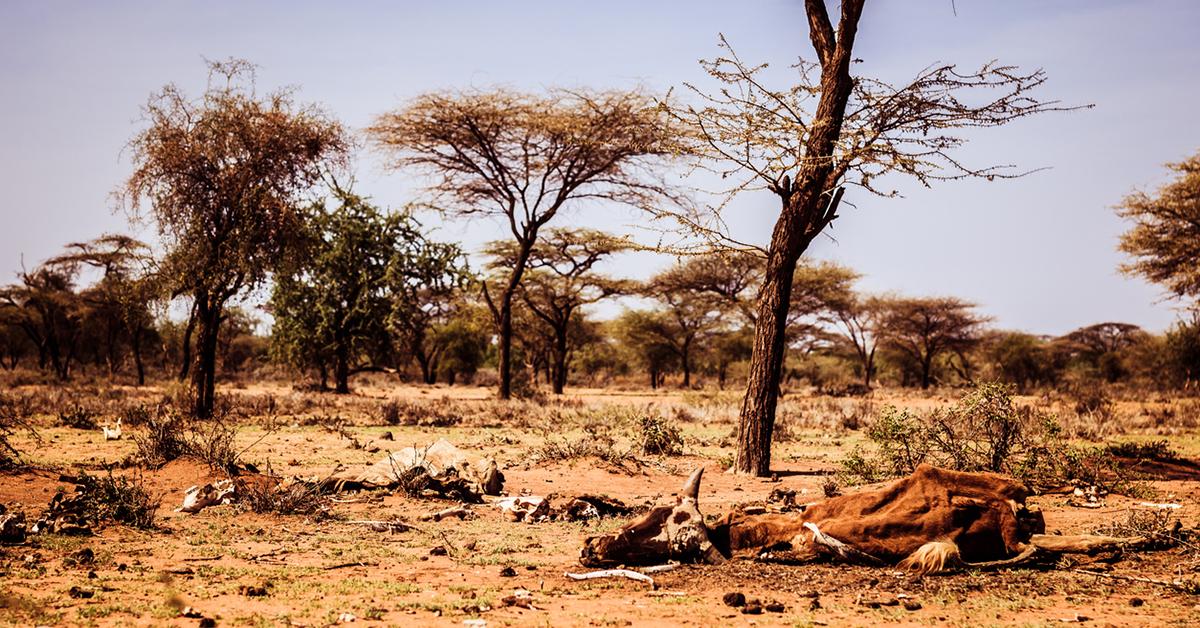
Speaking of livestock, reducing livestock’s pasture environment is merely one way in which global warming affects animals. Climate change affects all animals, not just livestock.
Climate change causes a disruption to natural habitats. This includes coral reefs, jungles, oceans, meadows, and so many more natural areas. As these natural areas and plants in these natural areas either recede or die off, the animals that live off them die as well. This could result in mass extinction for many beloved species, both animal and plant.
The main way in which climate change affects animals is climate change breaks down their habitats. With glaciers and ice in Antarctica melting at rapid speed, where can animals like polar bears, penguins, and seals go? If their land is reduced, their species as a whole will likely take a hit, too, as they have less land to cover.
How Does Global Warming Affect Ocean Acidity?
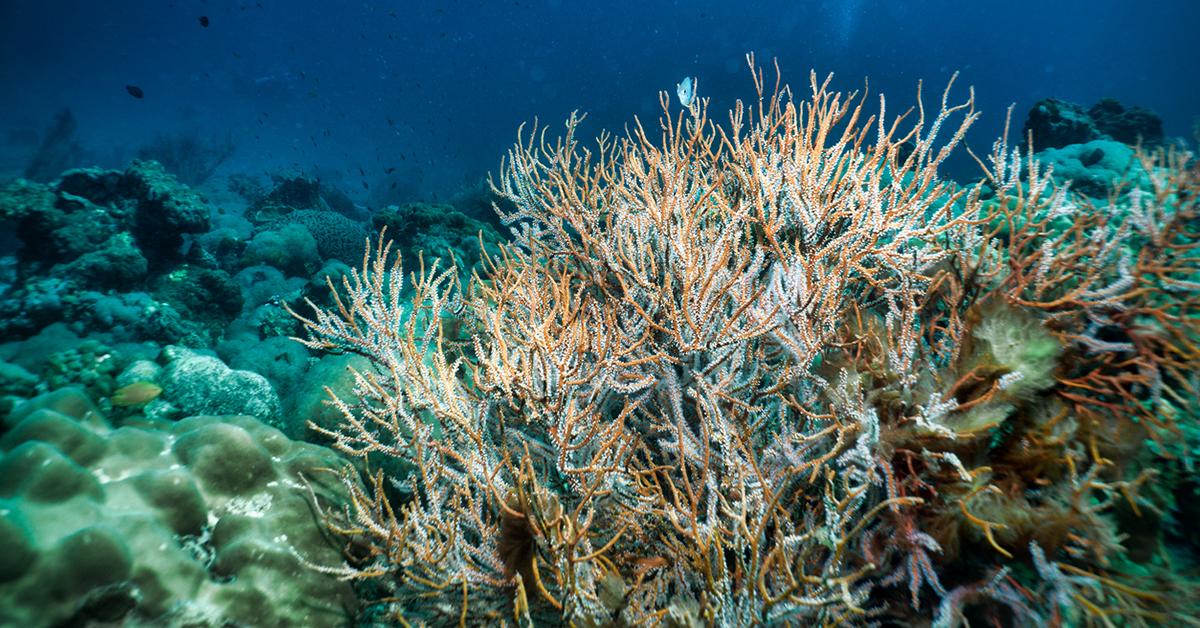
Global warming dramatically affects our oceans, as warmer temperatures incite a process called ocean acidification. Ocean acidification exacerbates global warming, as it stops the ocean from being able to absorb carbon dioxide. The Union of Concerned Scientists explains that carbon dioxide dissolves in saltwater once it enters the ocean. But when the ocean absorbs so much carbon dioxide, it results in an “increased concentration of hydrogen ions and a reduction in carbonate ions,” also known as ocean acidification.
As the ocean becomes more acidic, it also causes danger for wildlife. Sea life such as coral, clams, mussels, crabs, and more need carbonate ions as carbonate ions help shellfish grow their shells and live underwater. The UCS estimates that “surface waters are now 30 percent more acidic than they were at the start of the industrial era.” If carbon emissions continue at the current rate, ocean waters could be twice as acidic by the end of the century.
Ocean acidification is its own issue, but it also makes it near impossible for species to thrive if they are having a hard time on their own. For example, coral. Coral bleaching is a real problem and though we may attempt to reverse coral bleaching, coral won’t be able to regain what it needs to if water temperatures and ocean acidity remain high.
How Global Warming Impacts Hurricanes
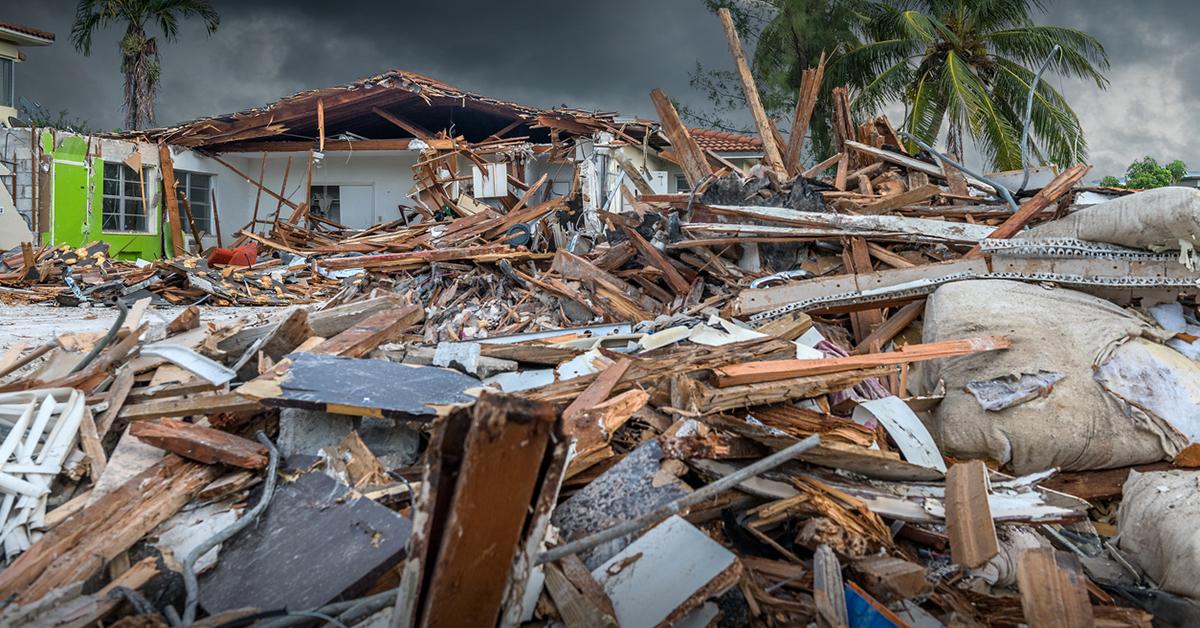
Global warming causes more frequent and more powerful hurricanes and tropical storms. If temperatures are warmer, there is more energy or juice for a brewing storm to feed off of. And if temps are warmer, a storm has more of a likelihood of getting going.
Climate change intensifies the weather associated with hurricanes. For example, warmer temperatures can cause more rainfall, heavier rainfall, therefore making a storm more intense than it would have been if the temperatures were colder. Rainfall is not the only element that global warming impacts, however; warmer global temperatures also means stronger, heavier winds. With heavier rainfall and stronger winds, it’s not hard to imagine that a hurricane or tropical storm becomes even more powerful than it would have been.
As mentioned above, oceans take the brunt of excess carbon dioxide, absorbing more of it than oceans should. Another element to this is that, as ocean temperatures rise, so do sea levels. More on that below.
How Global Warming Affects Sea Levels

As ocean temperatures rise, so do the sea levels, which cause seawater to expand. Since 1990, the average sea level has risen about seven to eight inches. So, why is this significant?
Higher sea levels are significant because a storm starts at sea level. If sea level is higher, storms are at a “better” advantage since they are starting at a higher point. As a storm gains traction, it has the ability to stir up more water along the shore as it goes. The result is a stronger, more powerful storm that is able to travel higher, go further inland, and can even affect low-lying areas. This can result in even more intense damage and destruction than a “normal” storm not impacted by the effects of global warming.
How Global Warming Affects Plants

Remember how global warming affects natural areas? Global warming destroys habitats, which can adversely affect wildlife. Well, plants are a big part of natural habitats and they, too, are negatively affected by the effects of global warming.
One way in which global warming affects plants is levels of snow cover. As temperatures warm, we obviously experience less snowfall. With less snow cover, soil thaws and refreezes more than it needs to. This may not seem like a big deal, but it can be detrimental to the state of plants’ roots. According to Christian Monitor, snow cover is actually essential to growing healthy, blooming plants. Snow cover regulates soil temps, which is super important if you want your plants to come back come spring.
Global warming also affects the way plants grow. According to Phys.org, warmer temps cause plants to grow taller, but that is not necessarily a good thing. As stalks grow taller than they normally should, the plant itself becomes much more unstable. The leaves grow narrower and farther apart. If a plant is unstable, it is less likely to be able to stand up to the elements — rainfall, drought, and more. Plants tend to bend faster to the elements, dying off more easily.
Increases in temperature also shortens the window in which plants have to grow. In fact, according to a study published in PLOS Biology, hotter temps cuts plants’ days for growing by 11 percent. With less favorable conditions for plants to grow, it makes sense that less plants would grow and the plants that do grow would grow less.
What Is Global Warming’s Causes, Effects, and Solutions?
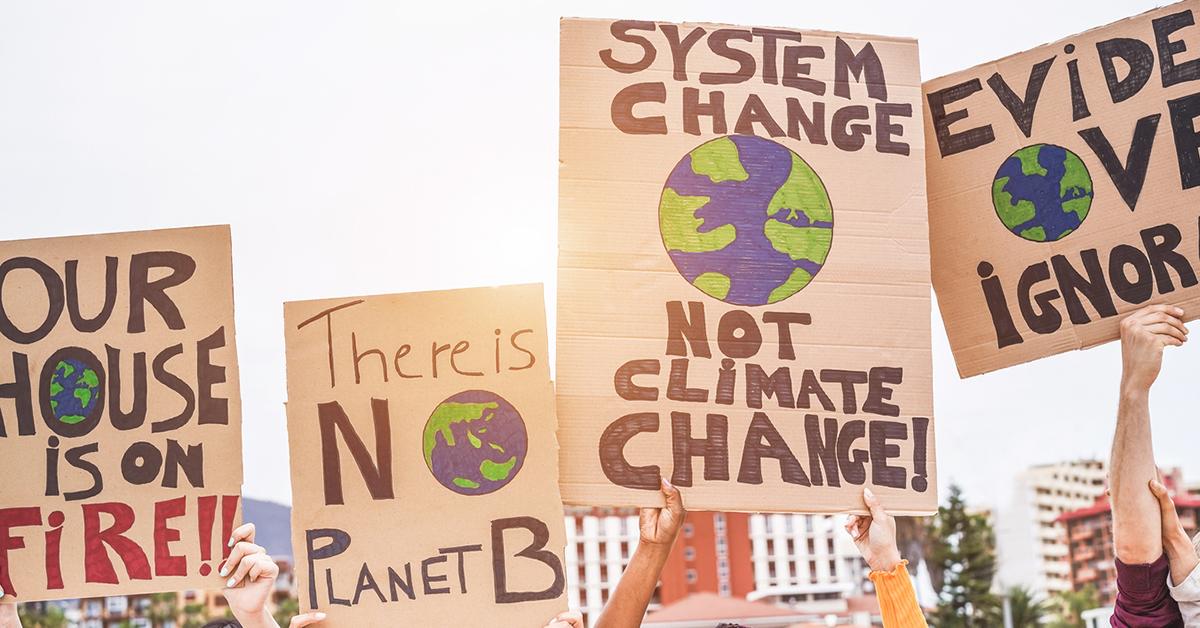
Global warming is caused when greenhouse gases such as carbon dioxide collect in the atmosphere instead of being released into space. These gases absorb heat, making the average global temperature hotter.
The effects of global warming are nearly immeasurable. Global warming negatively impacts everything from human life and health, animals, plants, the oceans, extreme weather, crops, sea levels, hurricanes, tropical storms, and so much more.
Perhaps the most important question we can ask ourselves about climate change is: What is the solution to global warming? Reducing your carbon footprint is a meaningful way to cut back on your contribution to greenhouse gas emissions and ultimately, global warming. There are many seemingly small things you can do — eat primarily plant-based, opt to walk or use public transportation instead of driving a car, compost food scraps instead of sending them to the landfill, and so much more. Each of these things has a great positive impact on the environment and can help in the effort to combat the effects of climate change. The less carbon emissions we make as a society, the better we can matter how much heat the atmosphere is trapping.